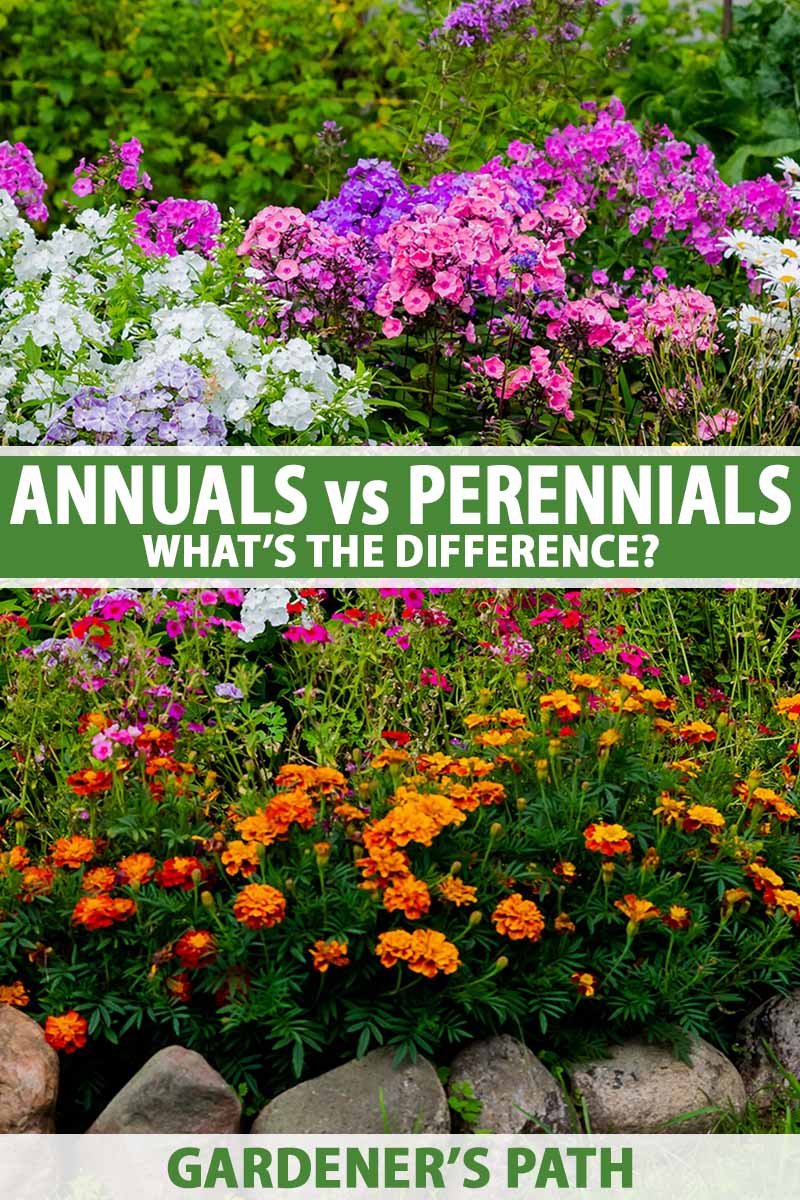Perennials Vs. Annuals: A Guide To Selecting The Best Plants

Table of Contents
Understanding Plant Lifespans: Perennials vs. Annuals
The core difference between perennials and annuals lies in their lifespan. Understanding this fundamental distinction is the first step in choosing the right plants for your garden.
-
Perennials: These resilient plants live for more than two years, often returning year after year, providing continuous beauty and saving you time and money in the long run. Popular perennials include Lavender, Coneflowers, Hostas, Daylilies, and Salvia, offering a variety of colors, textures, and blooming seasons. They establish themselves over time, requiring less attention once mature.
-
Annuals: Annuals complete their entire life cycle – from germination to seed production – within a single growing season. They typically offer a vibrant display of color, but you’ll need to replant them each year. Examples include Zinnias, Petunias, Marigolds, Impatiens, and Sunflowers, each offering unique colors and forms to create a constantly changing garden display.
Maintenance and Care: The Effort Involved
While both perennials and annuals contribute to a beautiful garden, their maintenance requirements differ significantly.
-
Perennials: While they require less frequent planting, perennials need occasional attention. This includes dividing overcrowded clumps every few years to maintain vigor and prevent decline. Pruning spent blooms encourages continued flowering and overall plant health. Established perennials, however, often need minimal care once they're well-rooted, making them a low-maintenance option in the long term. Watering needs depend on the specific perennial and climate, but generally, deep, infrequent watering is preferred over frequent shallow watering.
-
Annuals: Annuals are known for their ease of planting. Because you replace them each year, there’s little need for dividing or pruning. However, consistent watering is essential, especially during dry spells, to ensure vibrant blooms. Their ease of replacement allows for creative experimentation and changing garden designs seasonally.
Cost Comparison: Initial Investment vs. Long-Term Savings
The cost of creating and maintaining a garden with either perennials or annuals involves different considerations.
-
Perennials: The initial investment in perennials is generally higher. However, since they return year after year, the long-term cost per blooming season is significantly lower. The upfront cost is offset by years of enjoyment without the need for annual repurchasing.
-
Annuals: Annuals are cheaper initially, offering a low-cost entry point to gardening. However, the continuous need to purchase new plants each year adds up over time. Consider the cost per blooming season – annuals may cost more in the long run if you're aiming for extensive blooms.
Aesthetic Considerations: Choosing the Right Look
Both perennials and annuals offer unique aesthetic contributions to garden design. The choice depends on your desired style and the look you want to achieve.
-
Perennials: Perennials provide a framework for your garden. They offer consistent structure and color year after year, creating a reliable and predictable design. Many perennials also offer seasonal interest, with changing foliage colors and textures throughout the year. This creates a garden with structure and visual interest throughout the seasons.
-
Annuals: Annuals provide flexibility and vibrant, temporary color bursts. They allow for frequent changes in garden design, enabling you to easily create seasonal themes or update the look of your garden each year. The ease of swapping annuals allows for experimenting with new color palettes and designs every season. Combining perennials and annuals strategically creates a balanced garden with both structure and dynamic color.
Choosing the Best Plants for Your Climate and Soil
The success of both perennials and annuals depends heavily on climate and soil conditions.
-
Perennials: Before selecting perennials, research your USDA Plant Hardiness Zone. This determines which perennials will survive the winters in your region. Understanding your soil type – whether it's clay, sandy, or loamy – is also crucial, as it impacts drainage and nutrient availability.
-
Annuals: Annuals also have specific preferences. Choose annuals that thrive in your soil type and the amount of sunlight your garden receives. Many annuals tolerate a wider range of conditions, but optimal growth requires matching the plant to its environment. Resources such as the local agricultural extension office or online gardening databases can help you find suitable plants for your specific conditions.
Conclusion
Understanding the differences between perennials vs. annuals is crucial for creating a thriving and beautiful garden. Perennials offer long-term beauty and cost savings, while annuals provide flexibility and vibrant color. By carefully considering your budget, maintenance preferences, and aesthetic goals, you can select the perfect combination of perennials and annuals to transform your outdoor space. Make informed choices today and start designing your dream garden with the right mix of perennials and annuals!

Featured Posts
-
 Ed Martin Trumps New Pardon Attorney Focused On Biden Administration Cases
May 29, 2025
Ed Martin Trumps New Pardon Attorney Focused On Biden Administration Cases
May 29, 2025 -
 Liberty Pooles Stunning Red Mini Dress A Love Island Fashion Moment
May 29, 2025
Liberty Pooles Stunning Red Mini Dress A Love Island Fashion Moment
May 29, 2025 -
 Latin Women Dominating The Music Industry In 2025
May 29, 2025
Latin Women Dominating The Music Industry In 2025
May 29, 2025 -
 Mstqbl Jwnathan Tah Me Brshlwnt Alqrar Alrsmy Alsadm
May 29, 2025
Mstqbl Jwnathan Tah Me Brshlwnt Alqrar Alrsmy Alsadm
May 29, 2025 -
 Space X Starship The Path Forward After Recent Launch Issues
May 29, 2025
Space X Starship The Path Forward After Recent Launch Issues
May 29, 2025
